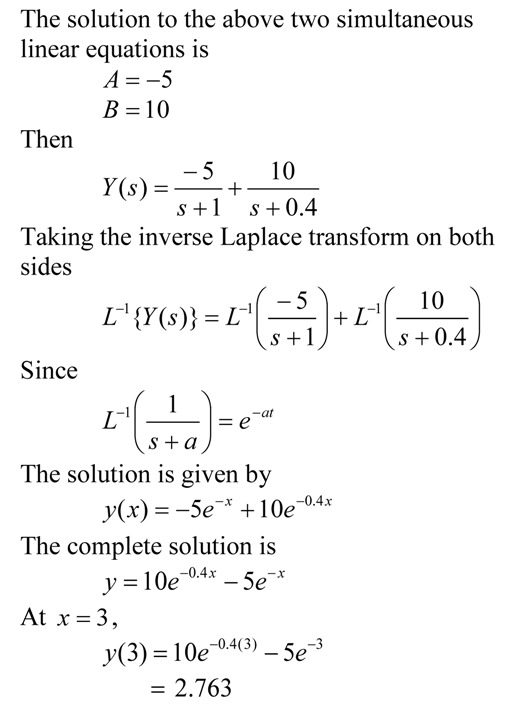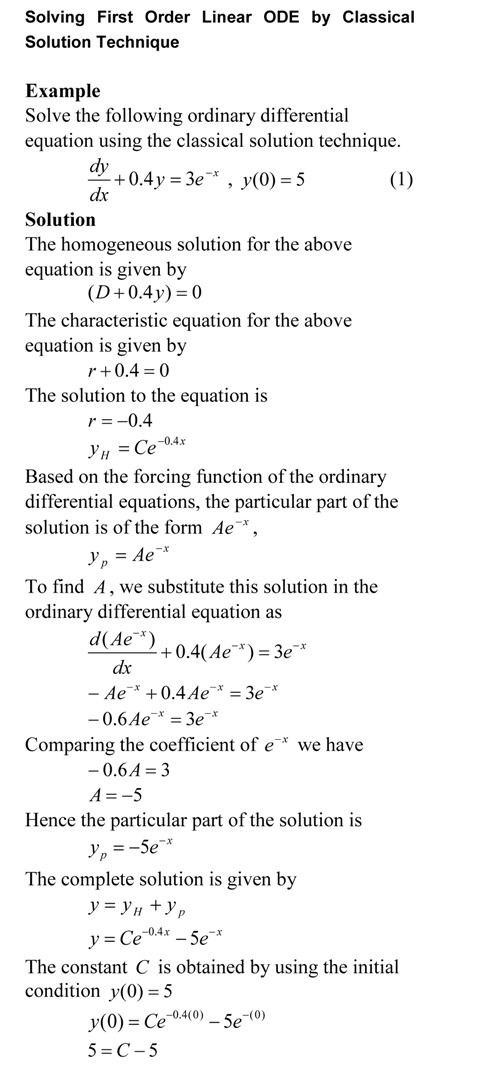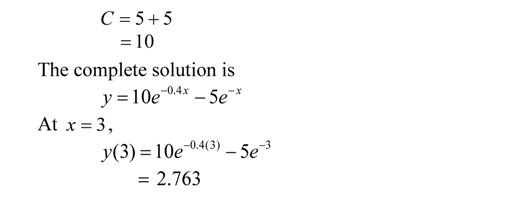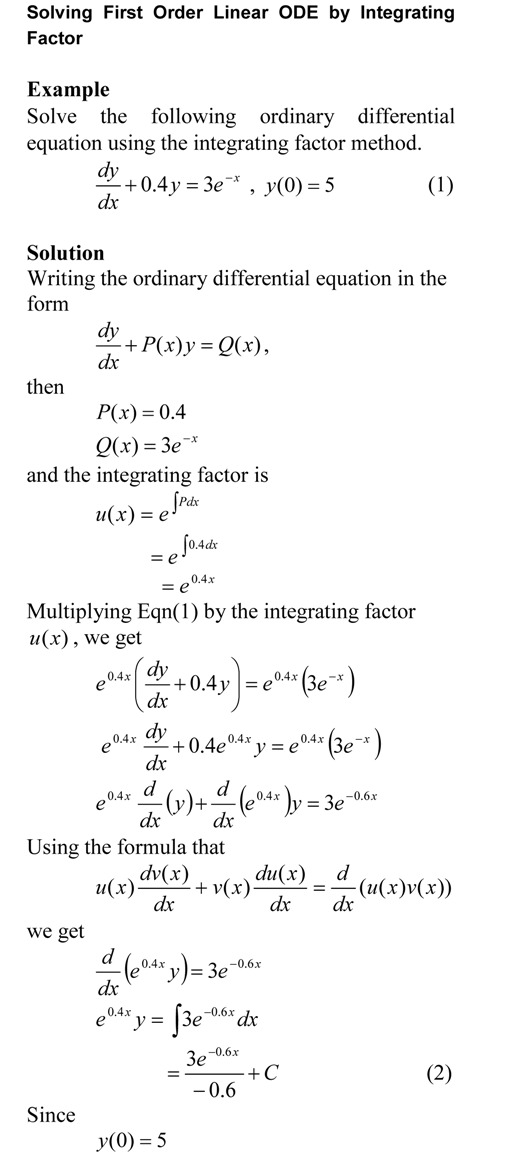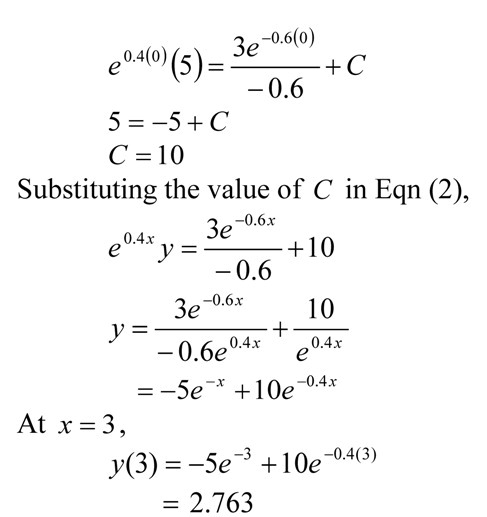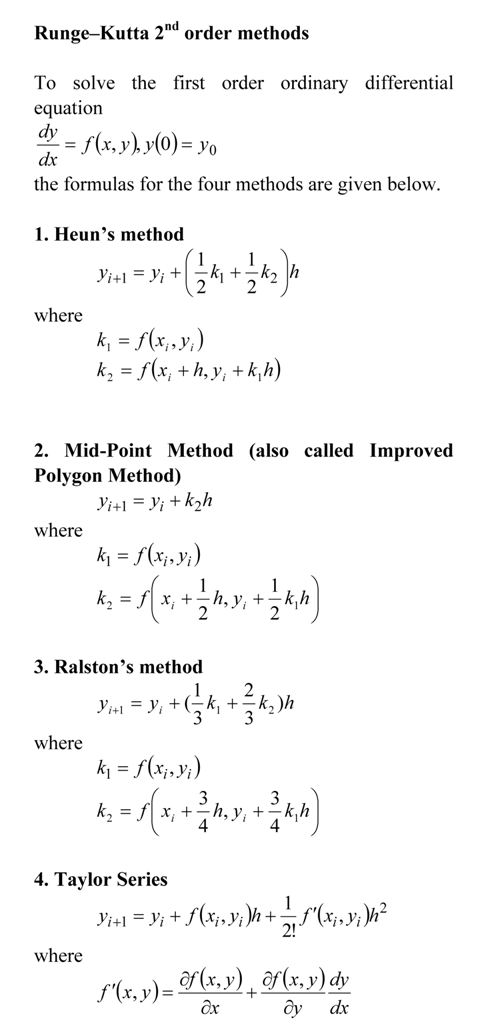This blog is an example to show the use of second fundamental theorem of calculus in posing a definite integral as an ordinary differential equation. This plays a prominent role in showing how we can use numerical methods of ordinary differential equations to conduct numerical integration.
This post is brought to you by
- Holistic Numerical Methods Open Course Ware:
- Numerical Methods for the STEM undergraduate at http://nm.MathForCollege.com;
- Introduction to Matrix Algebra for the STEM undergraduate at http://ma.MathForCollege.com
- the textbooks on
- the Massive Open Online Course (MOOCs) available at






